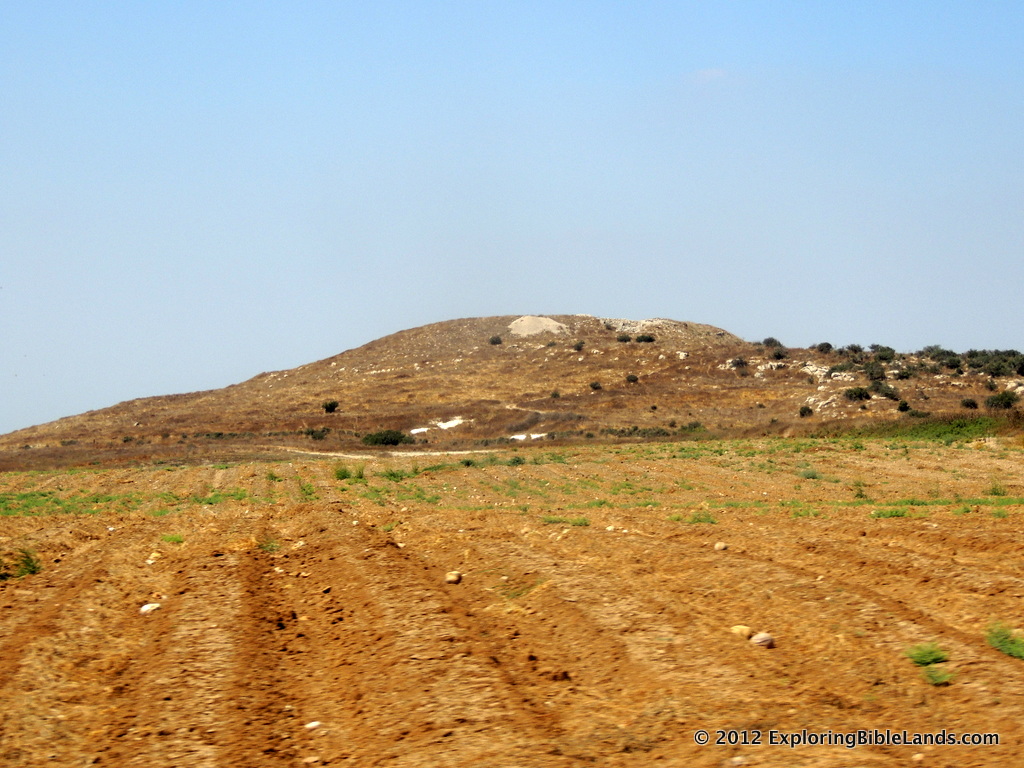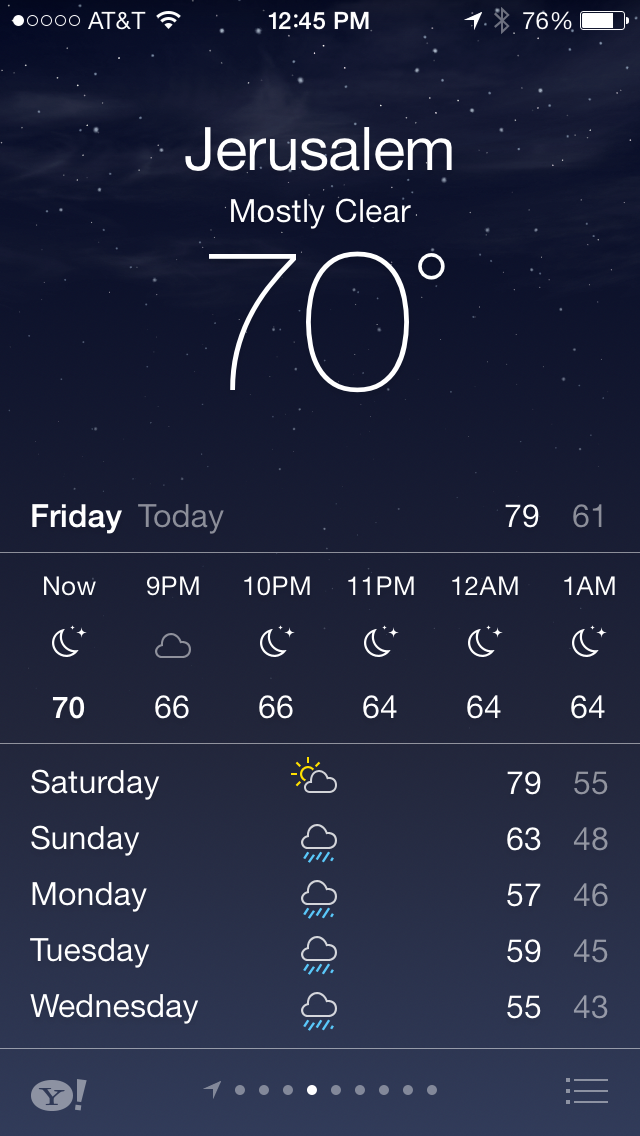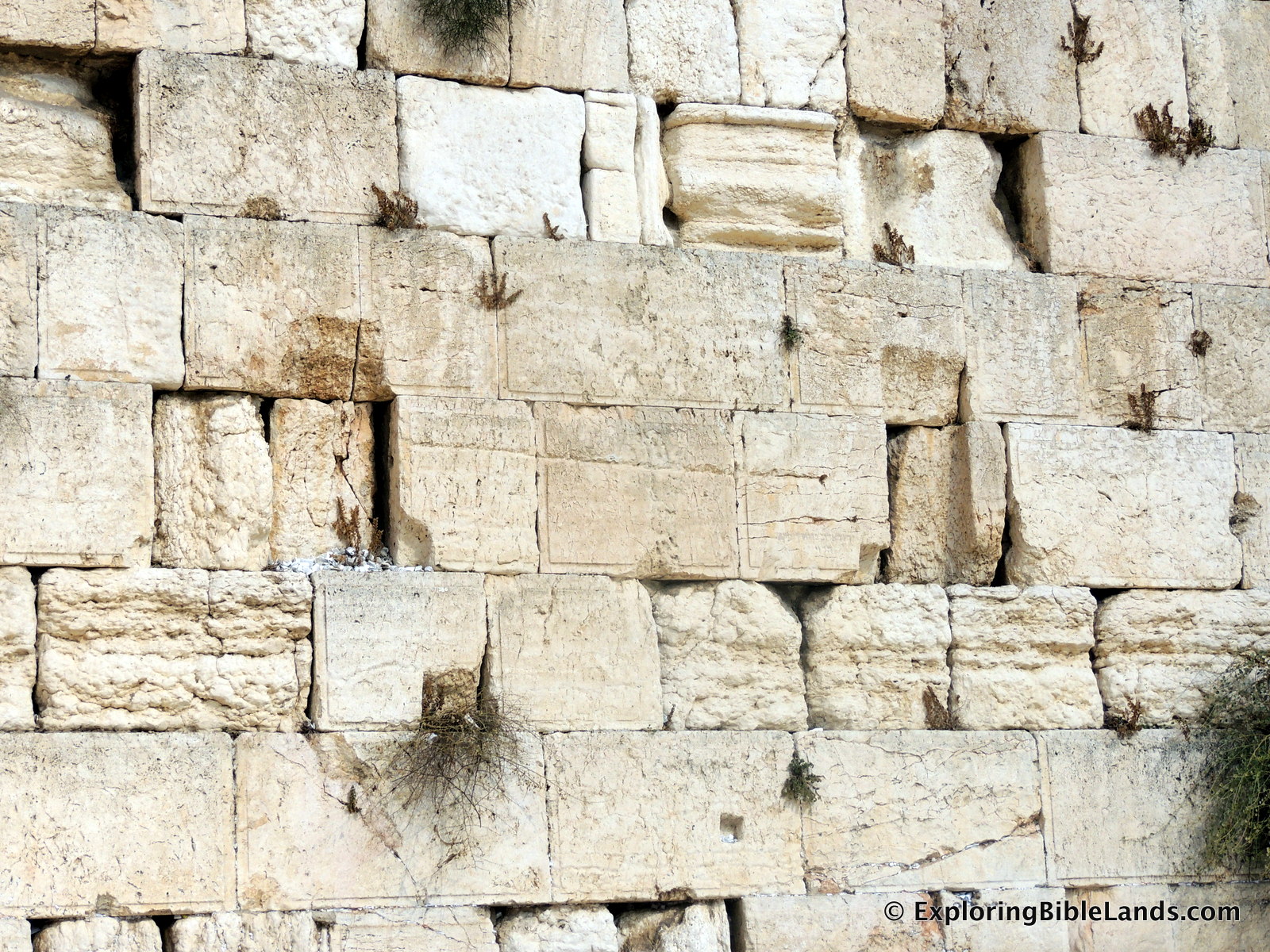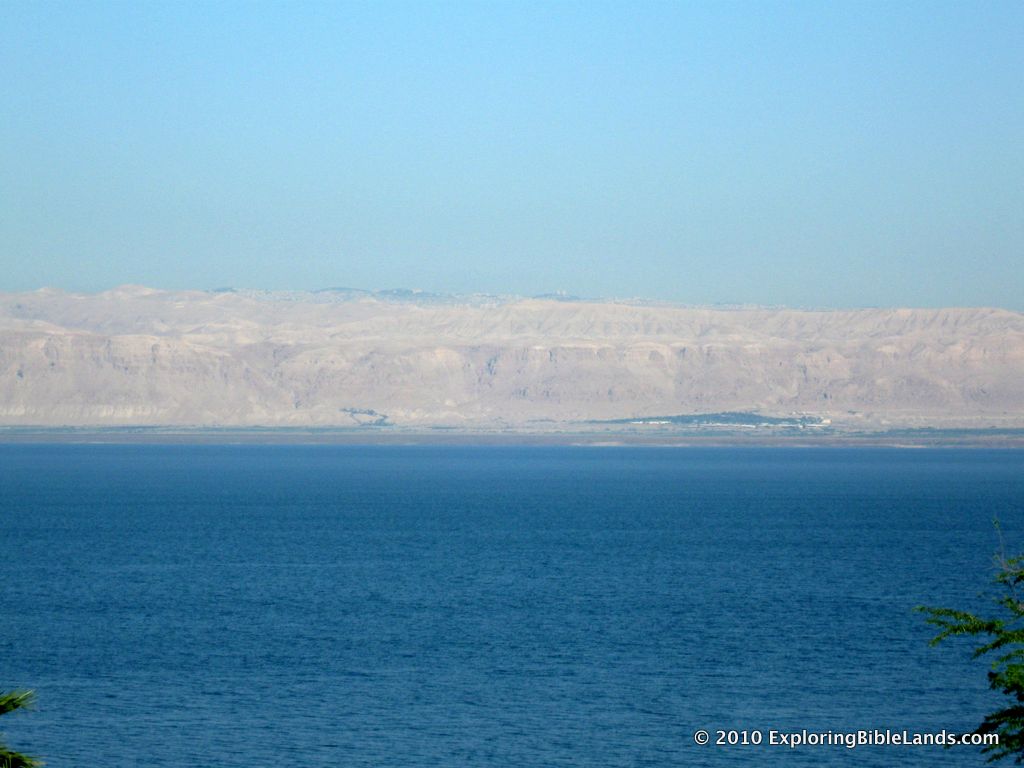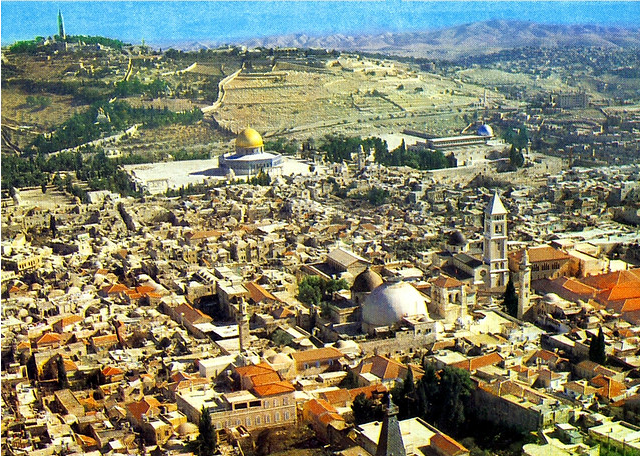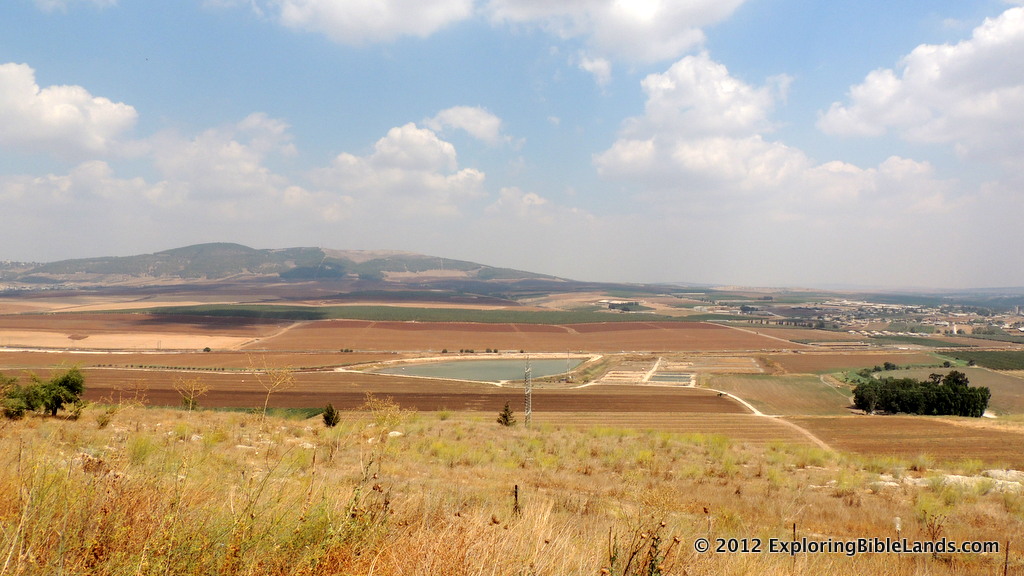On the northern edge of the Sea of Galilee, just below the Church of the Beatitudes, is a small inlet of water about 100 yards wide. This inlet is often called the "Cove of the Sower". Consider the following verses:
That same day Jesus went out of the house and sat beside the sea. And great crowds gathered about him, so that he got into a boat and sat down. And the whole crowd stood on the beach. And he told them many things in parables, saying: “A sower went out to sow. And as he sowed, some seeds fell along the path, and the birds came and devoured them. Other seeds fell on rocky ground, where they did not have much soil, and immediately they sprang up, since they had no depth of soil, but when the sun rose they were scorched. And since they had no root, they withered away. Other seeds fell among thorns, and the thorns grew up and choked them. Other seeds fell on good soil and produced grain, some a hundredfold, some sixty, some thirty. He who has ears, let him hear.” - Matthew 13:1-9
Over the years, many people have come to believe that this event happened at this small inlet, hence the name "Cove of the Sower". The inlet, along with the sloping land going up the hill, creates a natural amphitheater.
A number of years ago, a gentleman by the name of Cobby Crisler conducted an experiment here to see if a large group of people could listen to someone without the use of modern sound equipment. He concluded that it was possible and estimated that between 5,000 and 7,000 people could easily listen to someone sitting in a boat just off shore.
Todd Bolen, who runs the BiblePlaces.com website, has taken students on a number of occasions to this site to demonstrate this phenomenon. In fact, if you go to his website, you can hear a recording of one of his tests.
Do we know that this is the exact location of this event? No. But, when you visit the area and analyze it in light of Scripture, it quickly becomes a likely candidate.
The picture at the top of this post is of the Cove of the Sower. The hill behind the cove is the Mount of the Beatitudes. NOTE: If you are reading this post from an email, you will need to click on the title to view the page from the web browser to see the picture.





